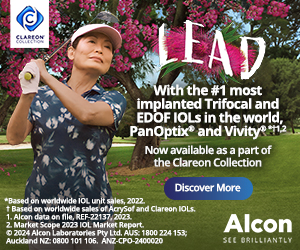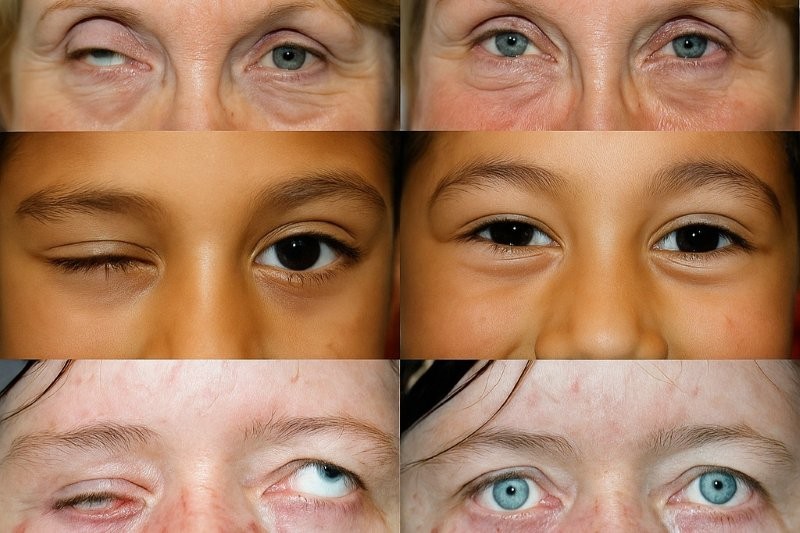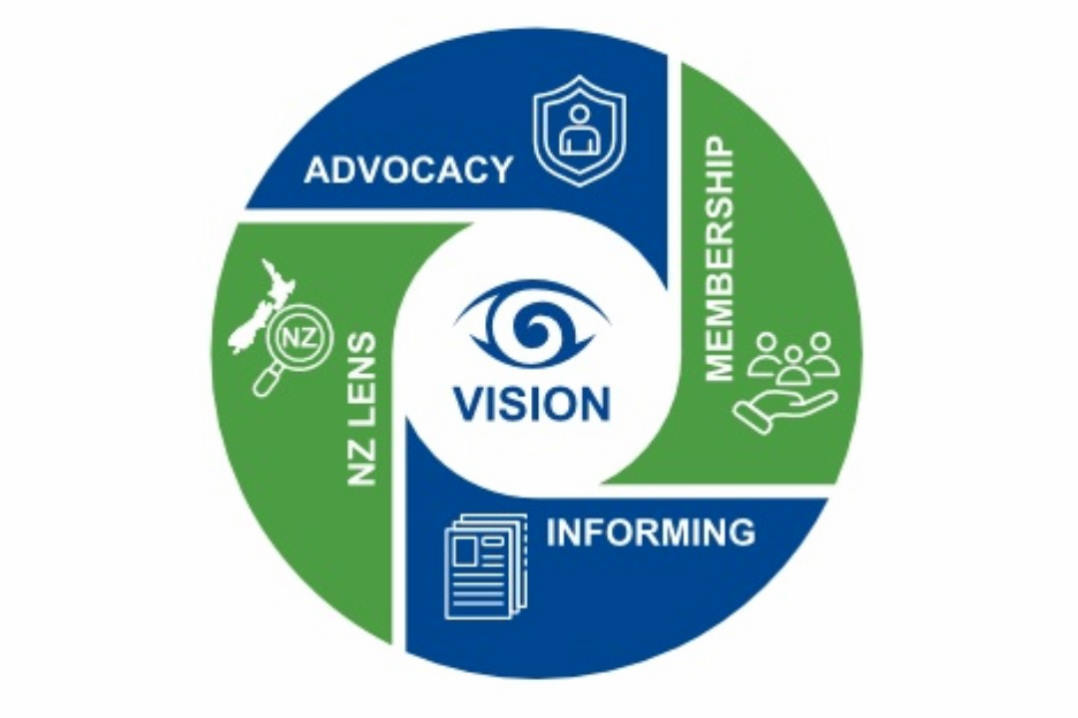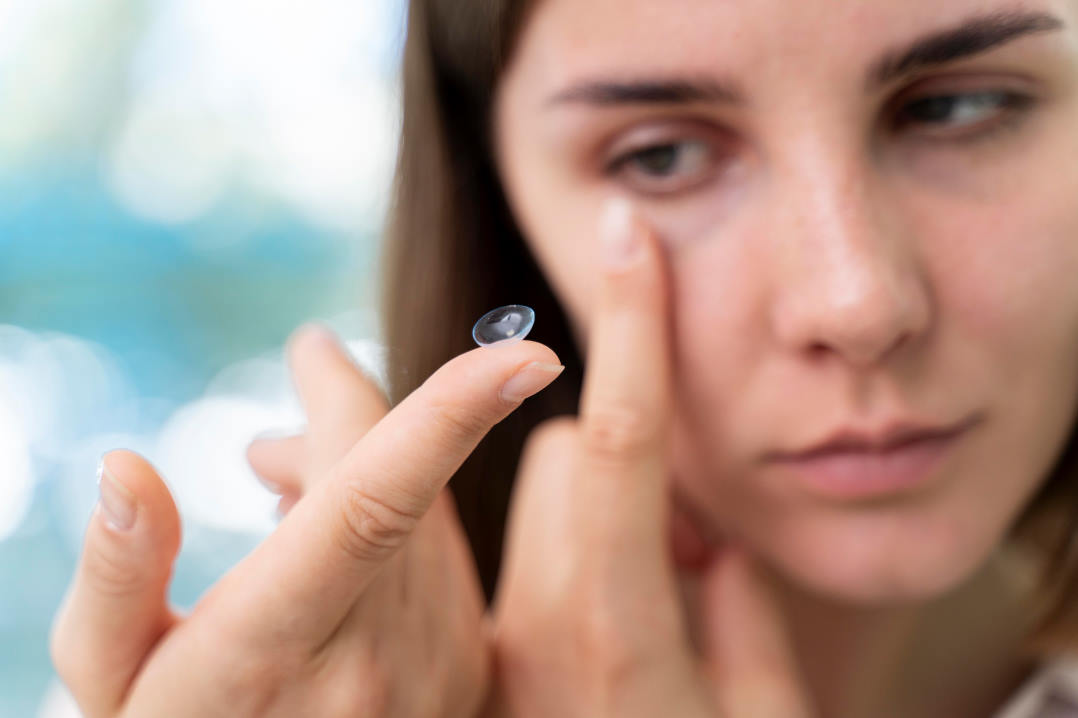Focus on glaucoma research
Primary selective laser trabeculoplasty for open-angle glaucoma and ocular hypertension: Clinical outcomes, predictors of success and safety from lasers in glaucoma and OHT (LiGHT) trial
Garg Am, Vickerstaff V, Nathwani N et al.
Ophthalmology 2019;126:1238-1248
Review: A multicentre, prospective, randomised controlled trial was performed comparing initial treatment with SLT versus topical medication. Eyes that met target pressure without disease progression or need for topical IOP lowering were deemed to have achieved drop-free control. At 12 months, 85% of eyes had drop-free control after one or two SLTs. At 24 months this was 79% and at 36 months, 75%. At all time points, drop-free control was seen in a higher percentage of OHT and mild OAG compared with moderate and severe OAG eyes. Total power of first SLT and two-month IOP were the only predictors of drop-free disease control following multivariate analysis. There were no sight-threatening adverse events related to SLT during or after the procedure. Only six out of 611 eyes (1%) had an IOP spike after SLT, and only one patient needed treatment for this.
Comment: This study demonstrates that SLT is a safe and effective initial treatment for patients with OHT or OAG. SLT alone appears to be able to control glaucoma for many patients, particularly those with OHT or early OAG, and needs to be considered as an initial treatment option for patients.
Changes in Australian practice patterns for glaucoma management
Nicholas AH, Newman AR
Clinical and Experimental Ophthalmology 2019;47:571-580
Review: A retrospective audit using Medicare reimbursement data over a 15-year period, designed to characterise trends in glaucoma management from 2003 to 2017, showed several interesting findings. The number of medication prescriptions peaked in 2015 and has been declining since, down 15% in 2017. There has been a 9.2-fold increase in fixed-combination prescriptions and a 281-fold increase in unpreserved medication use.
In 2017, optometrists generated 2% of prescriptions. There has been a significant increase in laser procedure rates, including laser trabeculoplasty (SLT) (4.6 fold), laser iridotomy (2.5 fold) and cyclo-destructive procedures (2.3 fold). There was an almost four-fold increase in glaucoma drainage device insertions. The use of minimally invasive glaucoma devices (MIGS) (eg. istent, hydrus) increased by 715% from 2014 to 2017.
Comment: An interesting trend appears to be a decline in medication use and a corresponding increase in laser and surgical procedures being performed for glaucoma management. An increase in SLT use and MIGS procedures are likely significant contributing factors towards this trend. It is possible that the same trends are developing in New Zealand due to similarities in our practice patterns. Of note, unpreserved medication is widely used in Australia. It is disappointing that we do not have the same access and funding for these medications in New Zealand.
Temporal raphe sign for discrimination of glaucoma from optic neuropathy in eyes with macular ganglion cell-inner plexiform layer thinning
Lee J, Kim YK, Ha A et al
Ophthalmology 2019;126:1131-1139
Review: In this cross-sectional retrospective study involving 140 eyes, the horizontal temporal raphe sign (Fig 1) on OCT ganglion cell analysis was evaluated to see if it could help distinguish between glaucomatous (GON) and non-glaucomatous optic neuropathy (NGON). A positive temporal raphe sign was declared in patients in whom there was a straight line longer than one-half of the length between the inner and outer annulus in the temporal elliptical area of the mGCIPL thickness map.
The temporal raphe sign was observed in 61 of 67 GON eyes (91%) and only 21 of 73 NGON eyes (28%) (p < 0.001). Further analysis took into account the presence of a relative afferent pupillary defect (RAPD). The authors noted that if the temporal raphe sign is present and there is no RAPD, then the diagnosis is almost certainly GON. If the temporal raphe sign is absent or if it is present but there is also an RAPD, then NGON is more likely.
Comment: The temporal horizontal raphe sign appears to be a useful test to help distinguish between GON and NGON. When taking into account the presence or absence of an RAPD, it becomes even more useful in helping to diagnose glaucoma from other forms of optic neuropathy.
Dr Hussain Patel specialises in glaucoma and cataract surgery and is a consultant ophthalmologist at Greenlane Clinical Centre. He is a senior lecturer in ophthalmology at the University of Auckland and works in private practice at Eye Surgery Associates, Auckland.





















